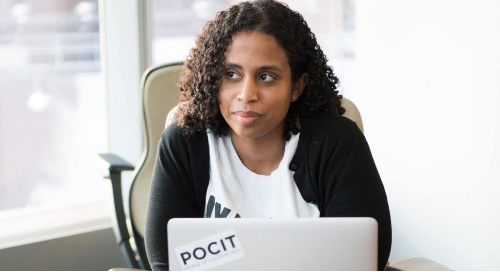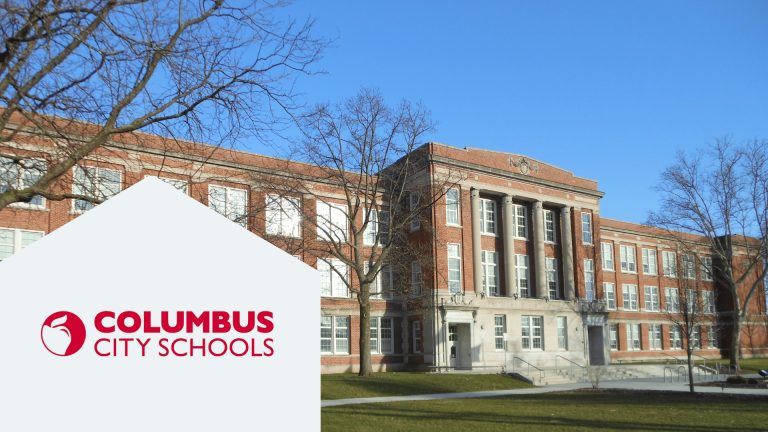
When I was growing up in the Bay Area, only a few kids had access to computers to learn to program. I was one of those fortunate kids. And when I looked around the room of the computer club in my junior high, everybody looked like me. Recently, I visited a local high school computer science class, and it was clear that there's been a slight change. There were a few young women and Latinx students in the class. But even though computing resources are more ubiquitous and programming platforms are freely available on the internet, software engineering and the pipeline of new people entering the field are still not nearly diverse enough.
I lead all software engineering at Instructure, including development, testing, operations, architecture, security, and compliance. I've worked in the software industry for a long time, and this is the best job I’ve ever had, in large part because I feel like I'm part of something really important. We're creating software for everyone on the planet—software they'll use to learn, grow, and develop at a very important time in their lives. The people who build this software should be representative of the people who will use it. Software engineering is also a creative team endeavor, and when it comes to building and operating our products, diverse backgrounds aren't just important, they're necessary. Without them, the software is in danger of reflecting the status quo and the blindspots of the team.
We're currently on a mission to tap into computer science and engineering talent around the world, talent that's been trained in many different ways and had many different experiences. We're doing three things specifically in research and development (R&D) to build diversity in our workforce.
First, we've expanded our intern-recruiting program to include more universities across the United States. We chose those schools based on criteria that includes their track record for diversity. We also started an internship program in our European development center.
Second, we've embraced the new normal of working from anywhere and are now recruiting from all locations in the United States and Latin America. We've always been open to the virtual work environment, but where home-office workers were the minority of our job postings in the past, they're now the majority or our open positions.
And third, we spend a lot of time with Instructure's Diversity, Inclusion, and Belonging Council (DIB). Our engineering representatives on the DIB get together with groups like Womxn in R&D, remote worker forums, and others to address concerns, celebrate success, and support people as they go about creating awesomeness. We've conducted education sessions on allyship and inclusivity and bias audits on our job descriptions and hacker ranks. I must say that sourcing candidates to join Instructure is one thing, but we also need our people to be included and feel like they belong when they get here.
I'd encourage people to get involved in the movement for diversity in engineering by visiting Girls Who Code, Code Changers, these tech orgs supporting black coders, and Code2040, which have national reach and operate programs around the country, and to look for career opportunities on our careers page. We look forward to meeting with applicants of all backgrounds and all kinds of abilities and adding more diverse talent to our teams.
Related Content
 columbus_city_schools_1.png
columbus_city_schools_1.pngBlog Articles
![We can see their usage, but we want to know [which education tools] teachers feel are helpful in their environment.](/sites/default/files/styles/medium/public/image/2023-06/User%20Group%20Recap.png?itok=_3svfNBb) User Group Recap.png
User Group Recap.pngBlog Articles
 facommons.png
facommons.pngBlog Articles
